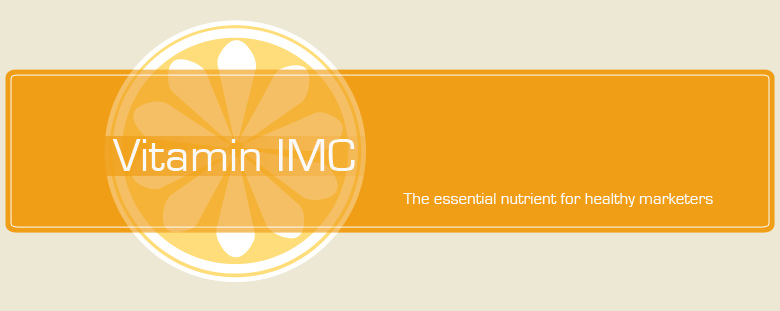 While some companies are slowly dipping their toes into the social media waters, Whole Foods Market has dove in! Over the past eight months, Whole Foods’ social media presence has grown from corporate accounts to over 120 Twitter profiles and 97 Facebook pages.
While some companies are slowly dipping their toes into the social media waters, Whole Foods Market has dove in! Over the past eight months, Whole Foods’ social media presence has grown from corporate accounts to over 120 Twitter profiles and 97 Facebook pages. Whole Foods is often cited as a social media success, but the details of its amazing tactics are what make them unique – taking a completely decentralized approach to their social media strategy. They have taken the close interaction between Whole Foods employees and consumers, along with team member empowerment and applied it to their social media strategy to create local relationships. This grassroots approach has fueled the explosion of their social media presence while supporting their corporate values system.
Their social media accounts range from umbrella corporate accounts to individual accounts for store locations. There are accounts that cover the many locations for metro-areas (think @WholeFoodsCHI) and topic-specific accounts discussing such topics as wine or cheese. They even created a social media presence around their participation at Bonnaroo.
Some may criticize such a fragmented approach to their social media, but Whole Foods learned from their experiences with their corporate social media accounts and expanded to fit their customer’s needs. They started to see that customers had very specific questions about local stores and quickly adapted, adding social media into the local marketing mix. Liz Bootz, the marketing team leader for Whole Foods Oakland, provides support to customers on Twitter. "One of the things I like best about being on Twitter is if a customer has a question, I can tweet the answer to them and provide that information to 200 other customers at the same time," she said.
Other companies should follow their lead and apply unique company culture traits to social media, taking a personal and on-brand approach to their online presence. Their responsive, customer-centric method has seemed to work judging by the numbers. Whole Foods Twitter accounts recently reached one million followers.
--Brandi Heinz






